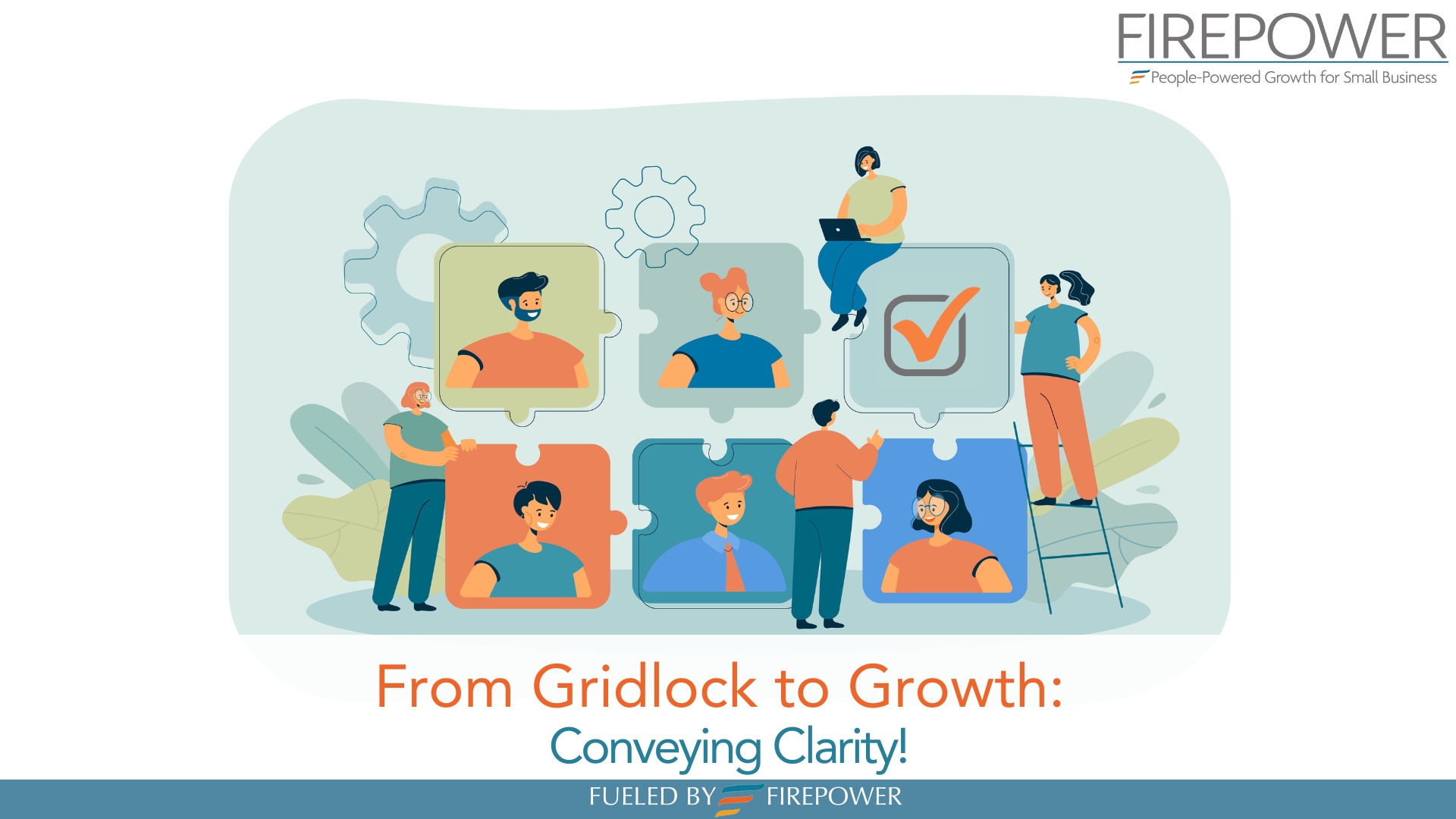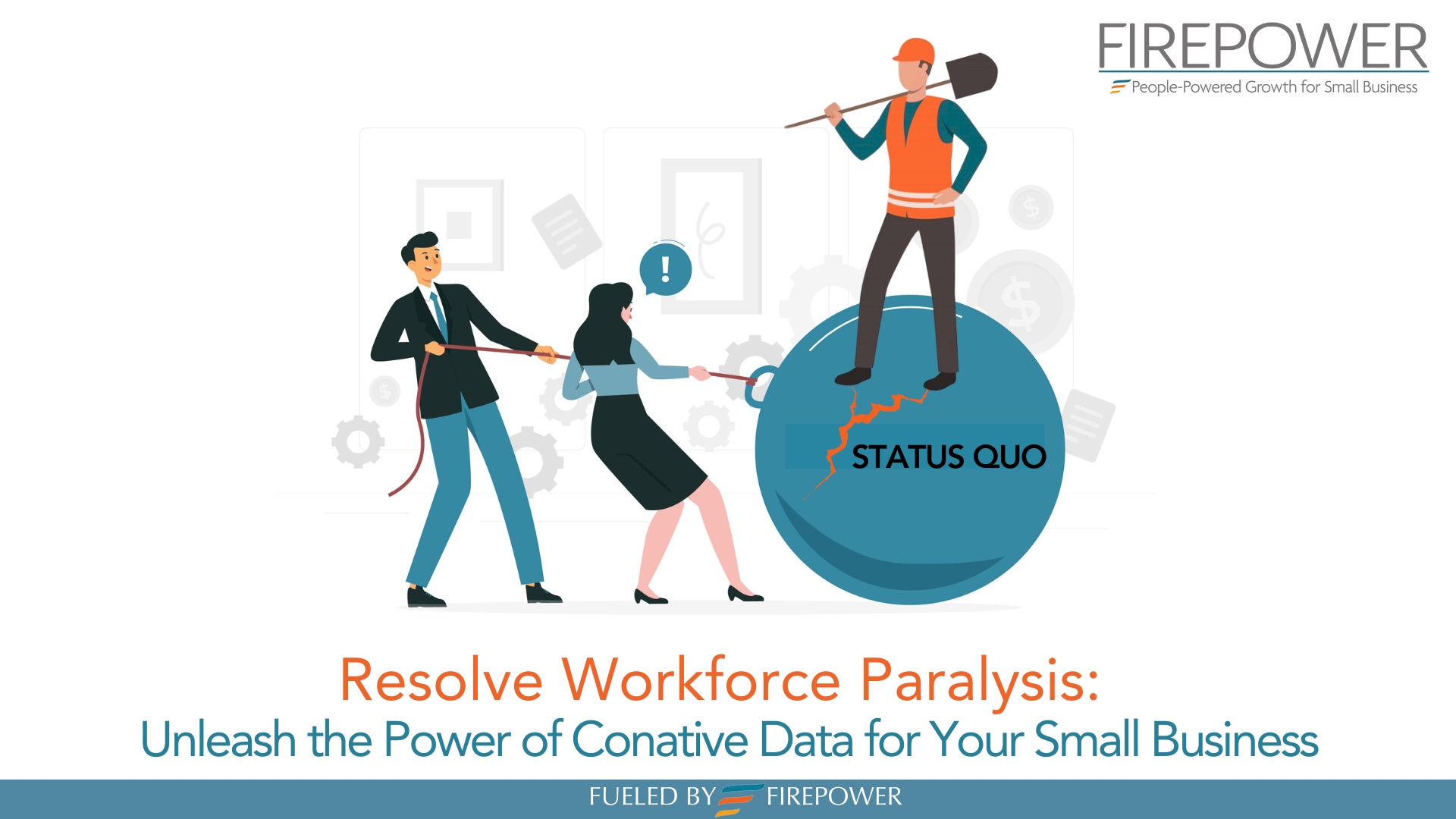Avoid that First Impression Fumble
By Maria Forbes
August 3, 2016

Avoiding a First Impression Fumble.
As leaders, you want to avoid the expense of employee turnover and get a measurable return on your investment. Your people want to avoid looking for a new job in a year, and to feel engaged in company growth. It is important to recognize this is not a generational issue, it’s a people issue. Your people spend the majority of their week at work and they want to feel valued, they want to have a voice in the success of the organization, they want to their investment of time and energy to mean something more than a paycheck. Everyone wants opportunities to remain relevant and avoid the stress of an outdated or incomplete knowledge base. Everyone needs their company to encourage their creativity, to avoid boredom and burn out. The two cases we reviewed illustrated why new hires require a pathway to success from the moment they arrive, in order to set the stage for a successful long term association.
How to avoid a first impression fumble. Think of the first day as a dinner party or a golf outing. How will you be sure your guests feel important and enjoy their experience? Most importantly, how will your event create the feeling your guests want to come back? On Boarding is the event planning that will achieve an excellent experience with your company. The process lays out the initial path to success in your organization. We call this part Team Foundations, ensuring new and existing members have the information they need to succeed. An evolving format enables your members to gauge their success at every stage of their association with your company.
Three things to do for every team member.
- Build a plan before new members arrive. Whether you are On Boarding a new hire or managing employee change, a well planned process makes the initial employment period a no-brainer. Trainings, timelines, company culture and values are visible as soon as new members arrive at the office. Like any well planned event, you will communicate the experience from the start. Common questions like who is on my team, who will I work with for orientations and trainings, what is the schedule, and what are the expected outcomes, are all answered through an organized process. Planned interface with others in the organization helps to overcome the discomfort of being new, relationships begin to form and collaboration takes place and new members learn to navigate their environment. Lay the foundation early to ensure a new member feels they are a valuable part of the organization and they are set up to succeed.
- Connect every person to your company vision and keep them connected. With every interface a new member should experience a cohesive business culture. As with any well planned event, there must be a clear reason why you are there. Your members need the same clarity about their role at work. New members that can visualize their role in your business vision understand how they can contribute. Connecting individual strengths with company goals is an ongoing practice. Continual connection fuels mutual respect between team members as they recognize the value of their unique abilities. Connected members will form supportive relationships to facilitate learning and development through collaboration with others.
- Optimize and align individual unique abilities.Once unique personal abilities are not only a relational advantage, they are a performance advantage. Unique personal strengths must be integrated into your business goals for optimal performance. Knowing what is special about your people is not enough; their abilities must be aligned with your goals in order to maximize long term performance across your company. Developing your organizational capabilities begins with an evolving action plan. Right from the start there must be current Role Descriptions that describe a role and map specific expectations and opportunities for contributing to shared business goals.
Your people are the drivers to your organizational success. They are the present and the future. Don’t fumble the first impression, structure success for everyone on your team starting with day one!




